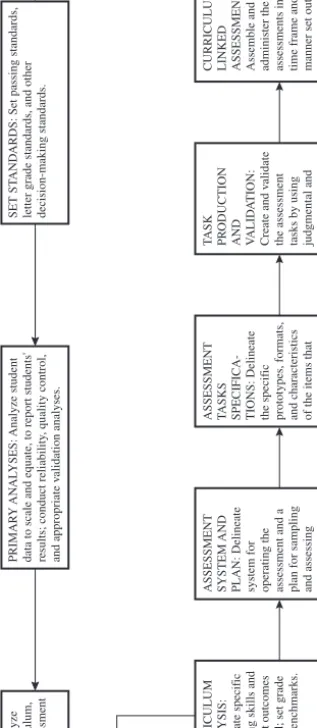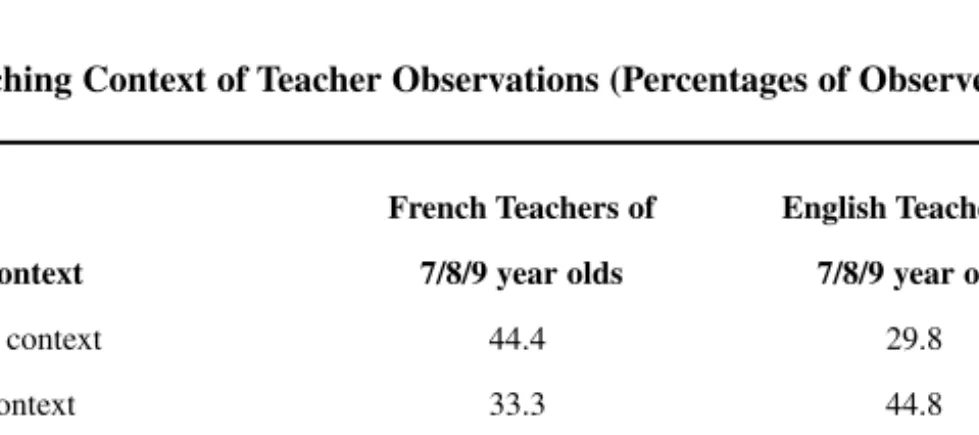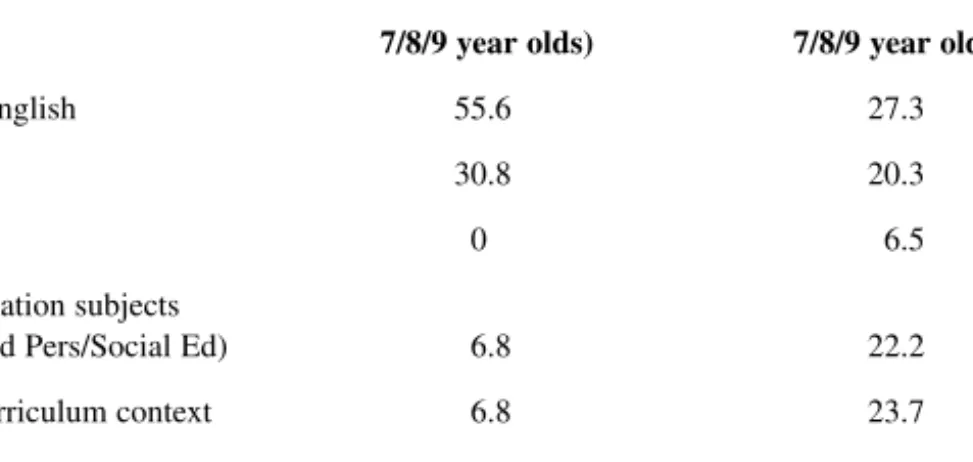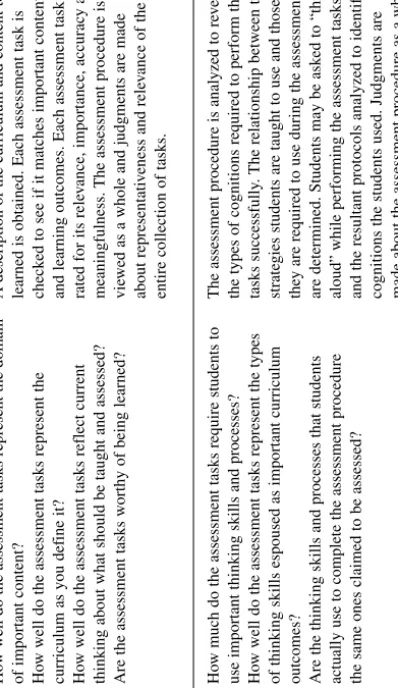Dylan Wiliam's final chapter provides an overview of the relationship between assessment and curriculum. Among the students in the experimental group, those who demonstrated the best understanding of the assessment process achieved the highest grades. The directions in which the child's ideas should change should be chosen according to the learning goals of the individual subject.
On the other hand, it must take into account differences in abilities and other characteristics of children, even of the same age. Only rarely do students in the top grades view reminders of the high standards expected of them as motivating. This may well be a result of the "distancing from the self" in French education and the.
In the introduction to this chapter, we argued that assessment is one of the most powerful forces shaping pupils' learning. The essential consideration in the assessment design of the portfolio is the evidence selected for inclusion. The grade is an expression of confidence in the ability of the student to progress as an independent learner.
Assessment is an expression of confidence in the student's ability to progress with some supervision and guidance.
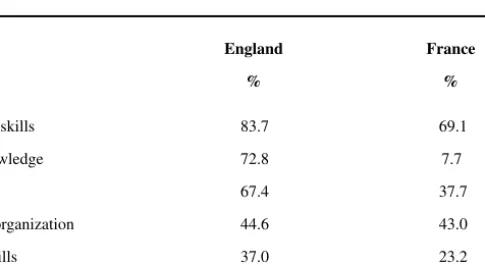
CLASSROOM TEACHER COMPETENCIES AND INDICATORS OF ATTAINMENT (EDUCATION
In the context of teacher education, one of the basic intended learning outcomes is for teachers to have developed competence in critical reflection. The use of portfolios requires changes that align with some of the pedagogical goals summarized above. Most of the work on the differential performance of subgroups on exams has been in the area of gender and assessment.
The differences between the intended and achieved weights of the exam components were also calculated. Candidates know that this is an integral part of the work required to succeed in this subject. The reduction in the amount of coursework and a change in the nature of the coursework requirements may account for the similar achieved weights in this component for boys and girls.
The fact that the achieved weights of the exam and course components rarely perform as intended should reduce the validity of these exams. Delap's test is based on the distribution of weights achieved that approximates a chi-squared distribution. These assessment practices therefore act as control mechanisms, promoting one version of the theory-practice relationship over the other.
The curriculum in Scotland is not regulated by legislation, as it is in the rest of the UK, and national assessment is not mandated by law. The link to the school curriculum is evident in many of the results and is confirmed by the discussion of assessment and the explicit purpose of planning learning. Assessment is introduced in terms of the same framework used in the assessment guidelines for the Grades 5-14 curriculum.
For each of the five areas, the curriculum is expressed in terms of achieved results, threads and goals. In relation to assessment, the consultation paper promised to provide "national advice" on the assessment of teachers for each area of the curriculum. The paper indicated that results would be reported against the objectives of the curriculum (this meant in terms of levels).
Despite general approval of the test materials by teachers and their unions, there were widespread objections to the principle of testing. Two related developments need to be closely monitored for their effect on the breadth and balance of the curriculum.

The Initial Level
The Repeatable Level
The Defined Level
The Managed Level
The Optimizing Level
Validity refers to the soundness of the interpretations and use of test results, rather than the test instrument itself. ASSESSMENT TASKS SPECIFICATIONS: Describe the specific prototypes, sizes and characteristics of the items that will appear in the assessments. Second, we describe the reasons why this interpretation is relevant to the main use(s) we intend to make of the results.
In some educational assessment systems, both the content of the assessment and the administrative conditions have become less standardized and more flexible. The impact of the overall difficulty or ease of a particular task (as opposed to a task that is difficult for one person but not for another) was small. A person conducting an educational assessment is generally interested in the ability of the assessment result to serve as a proxy for a broader domain.
In the dominant view of educational assessment, it is assumed that the individual to be assessed has a well-defined amount of knowledge, expertise or ability, and the purpose of the assessment task is to elicit evidence regarding the. The decisive link is therefore between the task outcome (typically the observed behaviour) and the inferences made on the basis of the task outcome. Others, notably Samuel Messick, have argued that consideration of the consequences of using assessment results is central to validity argumentation.
Messick argues that this complex view of the validity argument can be considered the result of the intersection of the basis of evaluation (evidence vs. consequence) with the function of evaluation (interpretation vs. use), as shown in Figure 10.1. To see how this works, it is instructive to consider the evaluation of Ph.D. Until recently, the same was true of the awarding of a high school diploma in the United States.
Of course, the formative and summative functions of evaluation will always be in tension, but the identification of the three phases of the evaluation cycle above (elicit, interpret, act) suggests some ways in which the tension might be somewhat mitigated (for a more for a fuller account of this argument, see William 1999). When eliciting evidence, the basis of assessment should be broad and, as far as possible, not predictable (at least not to the extent that those being assessed may ignore certain parts of the field because they know that will not be evaluated). Tanner (Ed.), Critical Issues in Curriculum: 87th Annual of the National Association for the Study of Education, Part 1.
He is currently a member of the Board on Testing and Assessment of the US National Academy of Sciences. She has been researching classroom learning and curriculum development in Scotland for 20 years.
